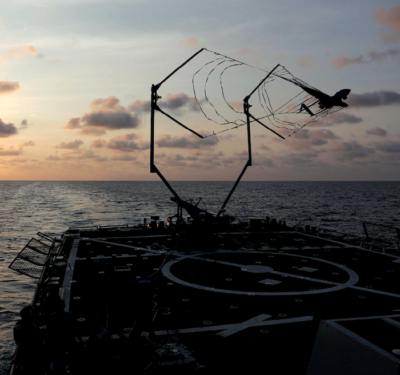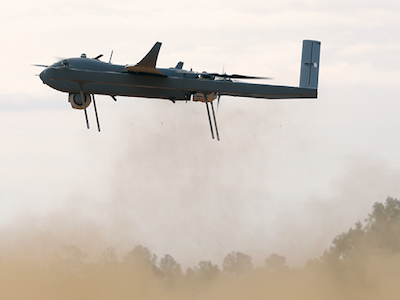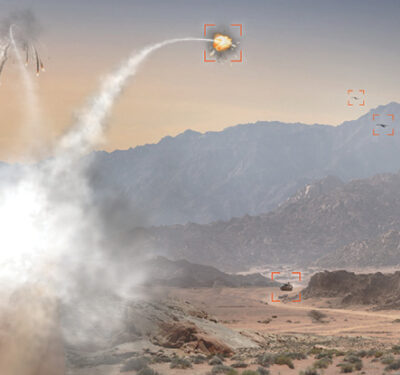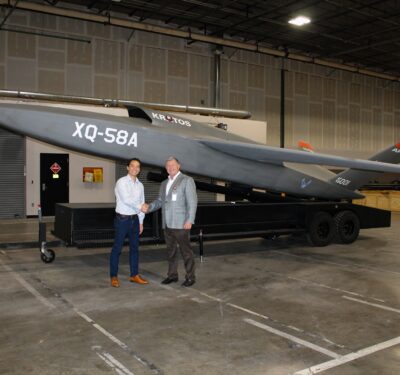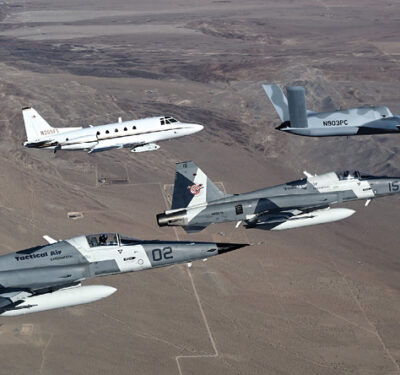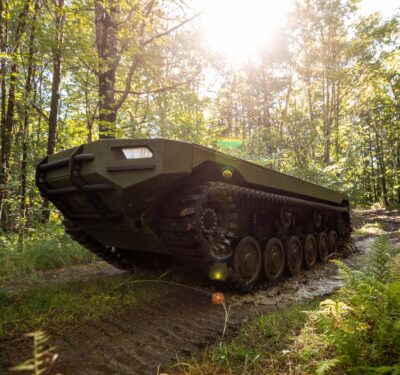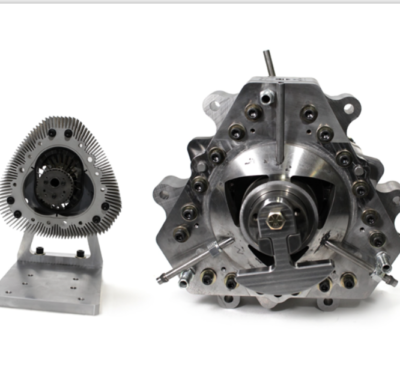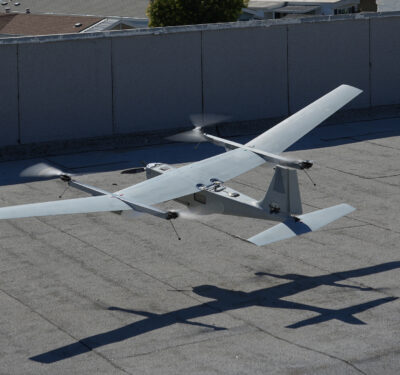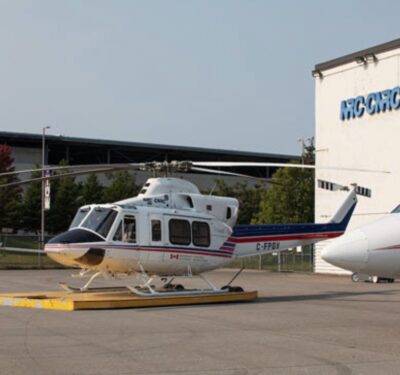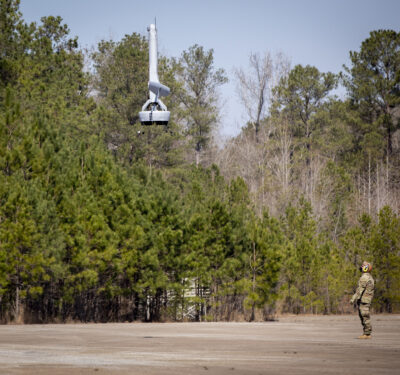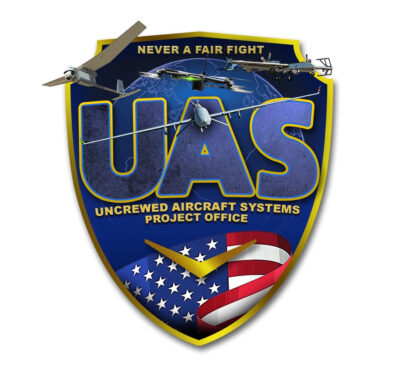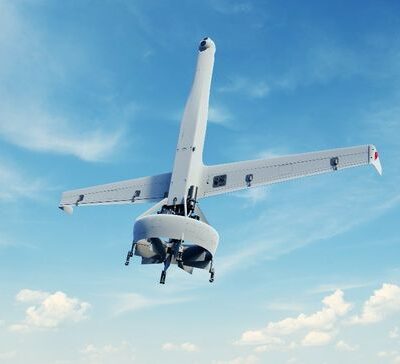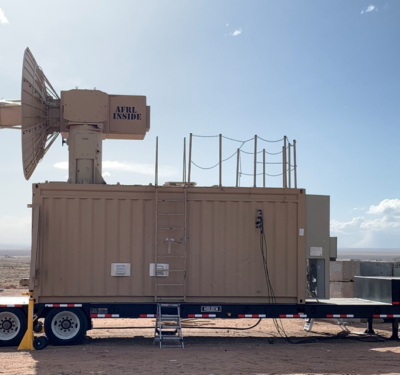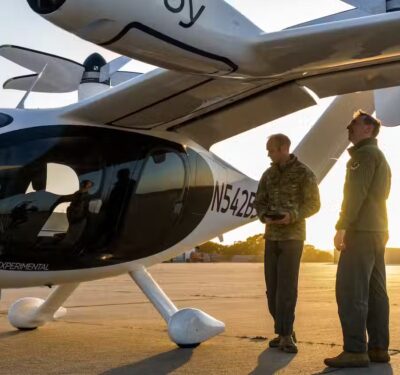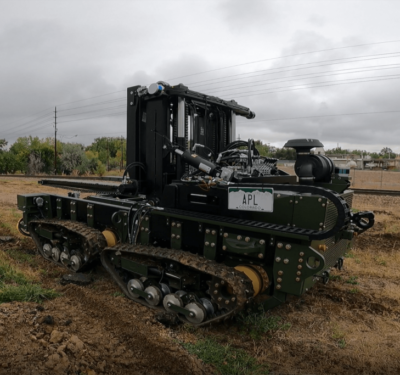The U.S. Air Force has awarded WingXpand a seven-figure contract to customize and ruggedize its unique, seven-foot backpackable aircraft.
Military
Distributed Unmanned Vessels to Cast a Wide Net Over (and Under) the Pacific
The U.S. Navy and Marine Corps are relying on unmanned systems to augment traditional, and more expensive, vessels in the…
Gaining Altitude
Four potential future tactical VTOL systems advance in the quest for modernization.
For Counter UAS, Layered Defense is the Best Option
Government and vendors alike say when it comes to defeating enemy unmanned aircraft, one size does not fit all.
Shield AI, Kratos Team to Integrate AI Pilot on Valkyrie XQ-58
Kratos Defense & Security Solutions and Shield AI have agreed to have Shield develop an AI pilot for the XQ-58 Valkyrie.
Adaptation at Hyper Speed
The grinding war in Ukraine resembles warfare from bygone years in some respects, but drones of many types are showing new ways of waging war.
TEAMING: Expanding Capabilities, Enhancing War Fighter Safety
Manned-unmanned teaming can serve as a force multiplier.
Textron Team Still Working Toward Army RCV-L Program Win
Textron Systems has provided the Army its proposal for the Robotic Combat Vehicle-Light.
LiquidPiston Evolves the Rotary
LiquidPiston, a Bloomfield, Connecticut-based developer of advanced power solutions, has moved closer to fielding its technology.
Puma 3 Goes VTOL, Shrinks Footprint
AeroVironment has expanded the capabilities of its successful Puma SUAS with the introduction of a VTOL kit.
EDGE 2023 Puts Spotlight on UAS
The Yuma Proving Grounds was abuzz this May as the U.S. Army hosted the Experimental Demonstration Gateway Exercise.
Four Potential Future Tactical VTOL Systems Advance in Quest for Modernization
A seven-week Base Period concluded May 24 with “agreement option 1” awards to four Project Agreement Holders for the Army’s FTUAS.
U.S. Army Awards Option 1 for Future Tactical UAS
The U.S. Army concluded the base period of the FTUAS Program of Record effort and awarded agreement option 1.
Army Selects Northrop Grumman, Shield AI for Future Tactical UAS Prototype
Northrop Grumman, teamed with Shield AI, has been chosen by the U.S. Army to participate in the Future Tactical Unmanned Aircraft System competition, Increment 2.
AFRL Conducts Counter-Swarm Technology Demonstration
The Air Force Research Laboratory conducted a demonstration in early April of its high-power microwave counter-drone weapon, THOR.
Military Interest Could Speed AAM Development
Advanced air mobility is of increasing interest to the U.S. military, which hopes to reap the same benefits as the commercial world from having all-electric, lightweight, autonomous aircraft for shuttling cargo and people.
Stratom to Showcase Autonomous Pallet Loader at XPONENTIAL
Stratom plans to display an autonomous pallet loader and showcase a robotic refueler at AUVSI’s XPONENTIAL.



